The International Atomic Energy Agency has assessed Japan's decision to discharge radioactive wastewater into the sea as safe, but experts remain concerned about the impact of tritium.
The International Atomic Energy Agency (IAEA) on July 4 assessed that Japan's plan to release treated radioactive water from the Fukushima plant into the ocean meets international standards.
"This gradual, controlled release would have negligible radiological impact on humans and the environment," the IAEA said, adding that the final decision rested with Tokyo.
According to Nikkei , the Japanese government could start releasing wastewater from the Fukushima plant as early as August, following a roadmap that has been prepared for years. Japan's environment minister said in 2019 that there was "no other choice" as the space around the plant ran out of room to store radioactive wastewater.
But the IAEA's assessment still cannot dispel the concerns and disputes of local fishermen, neighboring countries, as well as experts about the safety level of radioactive wastewater discharged into the sea.
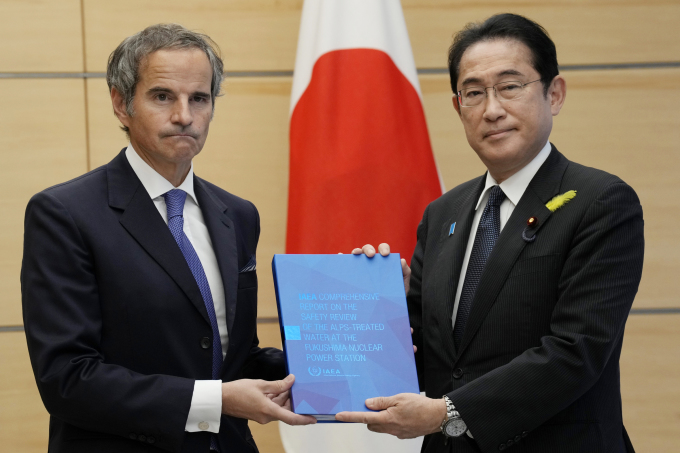
IAEA Director General Rafael Grossi (left) hands over a report assessing Japan's plan to release radioactive water into the sea to Prime Minister Fumio Kishida in Tokyo on July 4. Photo: AFP
In March 2011, Japan was hit by a double disaster of an earthquake and tsunami, causing three reactor cores at the Fukushima nuclear power plant to melt, releasing large amounts of radiation into the surrounding environment. TEPCO, the plant's operator, had to use large amounts of water to cool the reactors and collect them in tanks on the plant grounds.
Tokyo Electric Power Company (TEPCO), which operates the plant, has built more than 1,000 giant tanks to hold 1.32 million tons of contaminated water used to cool the reactors, enough to fill more than 500 Olympic-sized swimming pools.
But TEPCO now has no more land to build more tanks. It also needs to free up space to safely dismantle the plant. TEPCO says the radioactive wastewater contains some dangerous components, but they can all be separated from the water.
The real problem with the Fukushima wastewater is tritium, a radioactive form of hydrogen (H) that is difficult to separate from water. Tritium has a half-life of 12.3 years, so storing it for long periods of time increases the risk of an uncontrolled release, while there is no technology that can completely remove the remaining tritium from such a large volume of water.
The Japanese government and the IAEA said radioactive water from Fukushima would be thoroughly diluted and released slowly into the ocean over decades. Japan has set a limit of 1,500 becquerels per liter (Bq/L) for tritium in wastewater, seven times lower than the World Health Organization's recommended level of 10,000 Bq/L for drinking water.
Tokyo does not plan to release all the wastewater at once. Only 0.06 grams of tritium is scheduled to be released into the Pacific Ocean each year, through an underground drain leading out to sea. The IAEA will monitor the discharge.
The IAEA and other agencies say nuclear plants around the world routinely and safely discharge treated wastewater with low tritium levels, arguing that tritium exists naturally, in seawater, tap water, and even in the human body.
The US Atomic Energy Commission (NRC) confirmed that "nearly all" nuclear plants in the country discharge low-level radioactive wastewater into waterways.
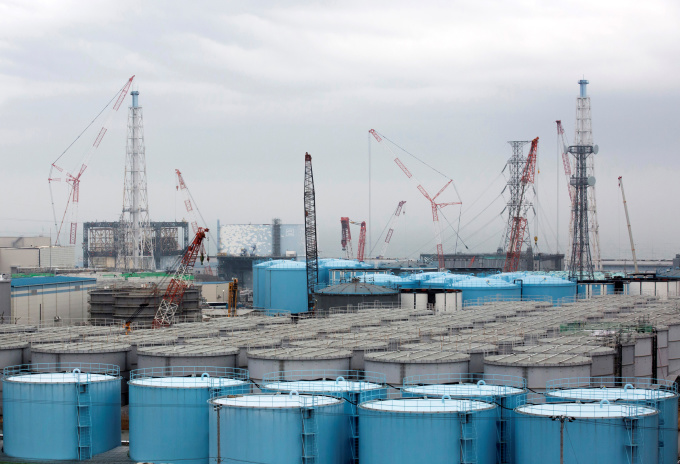
Tanks containing radioactive water at the Fukushima nuclear power plant in Fukushima prefecture, Japan, February 23, 2017. Photo: Reuters
However, the assessment of the IAEA and Japan has caused much controversy among the public and experts, as some scholars believe that wastewater containing tritium still poses many potential risks.
Tim Mousseau, professor of biological sciences at the University of South Carolina, USA, said there has been no adequate research on the impact of tritium on the environment and food, although discharging radioactive wastewater is a common activity of factories around the world.
The Canadian Nuclear Safety Commission says tritium is too weak to penetrate the skin, but admits it could increase the risk of cancer if ingested in “extremely large amounts.” The US Nuclear Regulatory Commission also acknowledges that “any exposure to radiation may pose some health risks,” but adds that “everyone is exposed to small amounts of tritium every day.”
Meanwhile, Robert H. Richmond, director of the Kewalo Marine Laboratory at the University of Hawaii, said the plan was “unwise and immature.” Richmond is part of an international team of scholars working with the Pacific Islands Forum (PIF) to assess Tokyo’s plan.
He said diluting wastewater containing tritium may not be enough to mitigate the impact on marine life. Tritium can enter multiple layers of the food chain, including plants, animals and bacteria, accumulating in marine ecosystems.
“The world’s oceans are under a lot of pressure from climate change, acidification, pollution, overfishing. People need to stop treating the ocean like a garbage dump,” Richmond said.
Experts are concerned about the potential risks from Japan’s dumping that could affect other parts of the world. A 2012 study by a team of researchers from US universities found evidence that bluefin tuna contaminated with tritium from Fukushima had crossed the Pacific Ocean to waters off California.
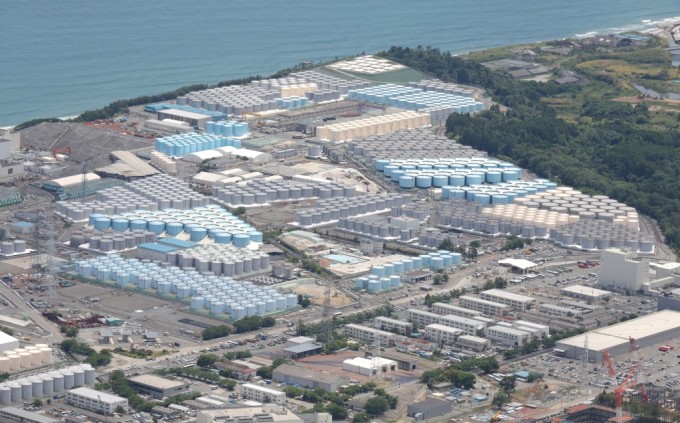
Nuclear wastewater tanks at the Fukushima plant seen from above, May 31. Photo: AFP
While the US and Taiwan support Japan's decision to dump waste, many neighboring countries have reacted strongly.
China said the IAEA's assessment was "not valid and legal evidence" and warned Tokyo that it would bear all the consequences if it continued to dump radioactive water into the sea. "The Pacific Ocean is not Japan's sewer for nuclear waste," a senior Chinese official said in March.
Pacific Islands Forum Secretary General Meg Taylor also expressed “serious concerns” earlier this year, saying more data was needed before any ocean discharges could be approved. “We owe our children a guarantee of a safe future,” he wrote.
South Korea's ruling party has said it respects the IAEA's assessment, but many South Koreans have stockpiled salt and seafood amid concerns about the impact of Japan's planned release.
The price of sea salt in South Korea has skyrocketed recently. Some people have shared that they have stockpiled enough seaweed, anchovies and salt to last three years. South Koreans have also held several protests against Japan's decision to release radioactive water.
Public opinion in Japan is divided on the move. A March Asahi survey found that 51% of more than 1,300 people supported the plan, while 41% opposed it. Tokyoites also took to the streets to protest the plan earlier this year.
Meanwhile, fishermen in Fukushima, where the disaster occurred, were among the first to criticize the plan. Their fishing activities were suspended for years after the crisis. Other countries also imposed restrictions on seafood imports from the area.
Years after the disaster, when the prefecture’s water and fish are deemed safe, consumer confidence is unlikely to be fully restored. Fukushima fishermen say the decision to discharge the waste could again damage their livelihoods and the prefecture’s reputation.
"It seems like the authorities made the decision without our consent," said a local fisherman.
Duc Trung (According to CNN )
Source link


![[Photo] Party and State leaders attend the special art program "You are Ho Chi Minh"](https://vphoto.vietnam.vn/thumb/1200x675/vietnam/resource/IMAGE/2025/5/18/6895913f94fd4c51aa4564ab14c3f250)



![[Photo] Ready for the top competitions of Vietnamese table tennis](https://vphoto.vietnam.vn/thumb/1200x675/vietnam/resource/IMAGE/2025/5/18/9c547c497c5a4ade8f98c8e7d44f5a41)
![[Photo] Many young people patiently lined up under the hot sun to receive a special supplement from Nhan Dan Newspaper.](https://vphoto.vietnam.vn/thumb/1200x675/vietnam/resource/IMAGE/2025/5/18/6f19d322f9364f0ebb6fbfe9377842d3)




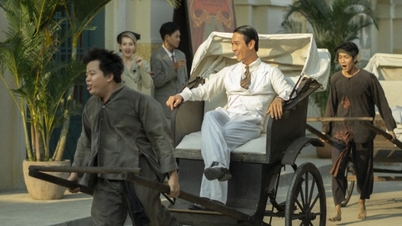


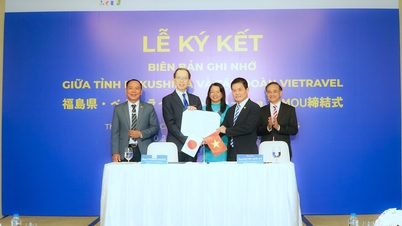
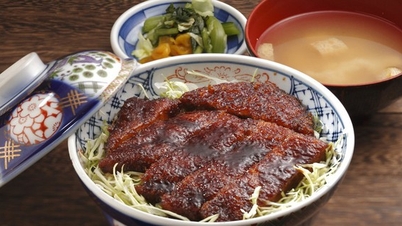


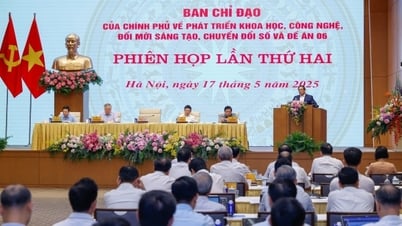
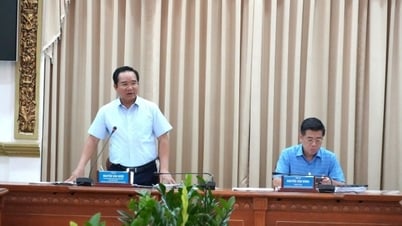
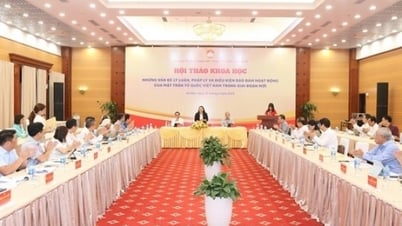
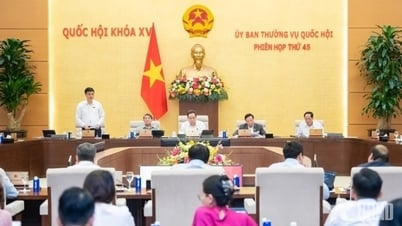
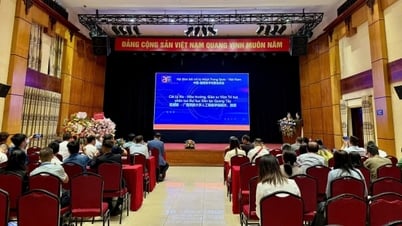

























































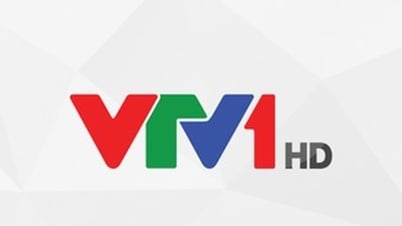

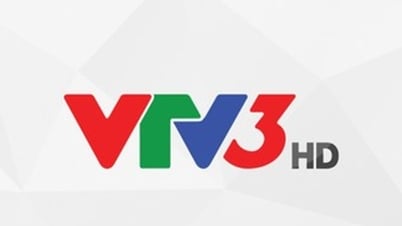
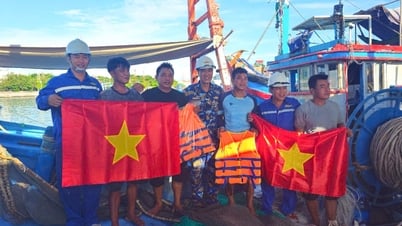

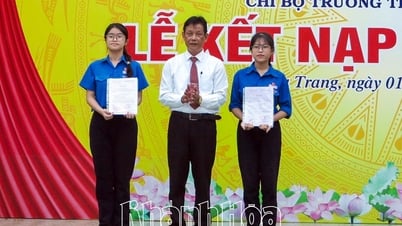
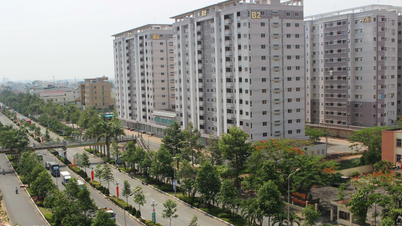

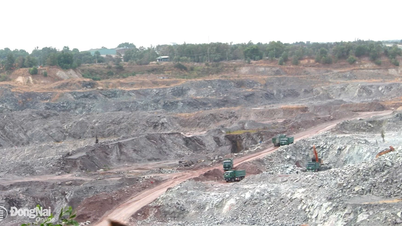










Comment (0)